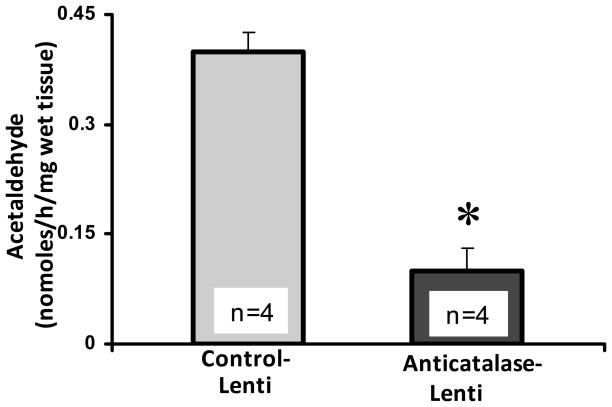Figure 2. Anticatalase-Lentiviral vector injection into the ventral tegmental area (VTA) inhibited acetaldehyde generation by VTA homogenates.
VTA homogenates from UChB rats pretreated with a single dose (8×104 virus) of anticatalase-Lenti-shRNA vector injected locally into the VTA, 30 days before the experiment, produced a significantly (p<0.001) lower concentration (−75%) of acetaldehyde via ethanol oxidation than VTA homogenates from rats pretreated with empty lentiviral vector (control-Lenti). Incubations were carried out for 60 min at 37° C in the presence of 50 mM ethanol 10 mM glucose and VTA homogenate (5 mg wet tissue). At 10 mM, 3-amino-1,2,4-triazole (AT), a catalase inhibitor, blocked by 80% the formation of acetaldehyde by the homogenates. Acetaldehyde generated was therefore adjusted to reflect only that due to catalase activity. See Experiment 2 in Methods. Data shown are means ± S.E.M.

